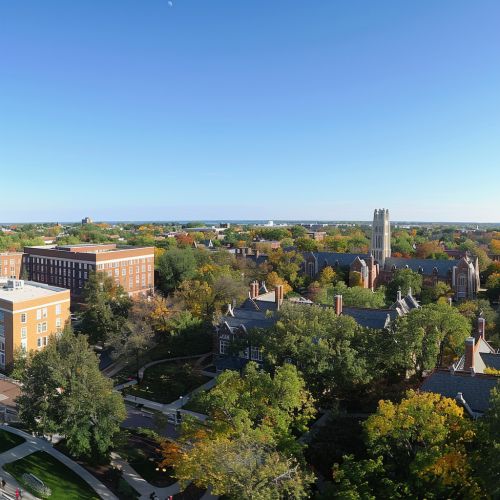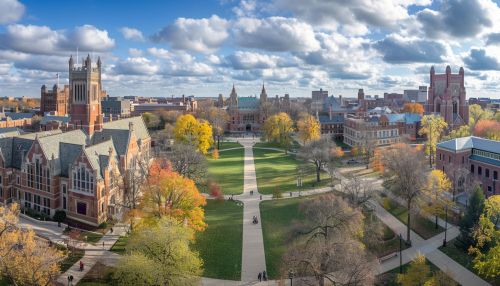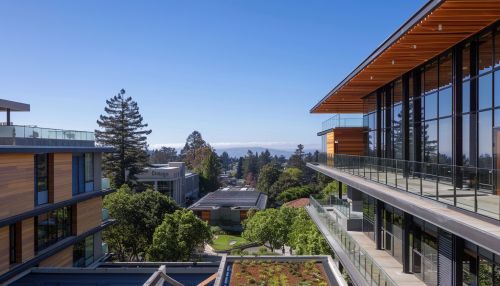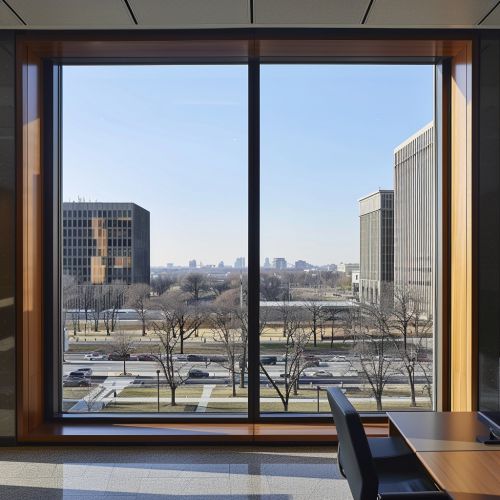Charles Moore (architect)
Early Life and Education
Charles Willard Moore was born on October 31, 1925, in Benton Harbor, Michigan. He developed an interest in architecture at an early age, often drawing buildings and cityscapes in his spare time. He attended the University of Michigan for his undergraduate studies, where he earned a Bachelor of Architecture degree in 1947.


Following his graduation, Moore moved to Princeton, New Jersey, to continue his architectural studies. He earned a Master of Fine Arts in Architecture from Princeton in 1957, studying under notable architects such as Jean Labatut and Louis Kahn.
Career
Moore began his professional career as an architect in the late 1950s. He joined the faculty of the University of California, Berkeley's College of Environmental Design in 1959, where he taught architecture and urban design. During his tenure at Berkeley, Moore was instrumental in developing the university's architectural program and was known for his innovative teaching methods.


In 1965, Moore co-founded the architectural firm Moore, Lyndon, Turnbull, Whitaker (MLTW). The firm was known for its emphasis on contextual and vernacular architecture, and its projects often incorporated local materials and building traditions. One of the firm's most notable projects was the Sea Ranch condominiums, a residential complex located on the northern California coast.
In addition to his work with MLTW, Moore held several academic positions throughout his career. He served as the Dean of the Yale School of Architecture from 1965 to 1970, and later held professorships at the University of California, Los Angeles and the University of Texas at Austin.
Architectural Philosophy
Moore's architectural philosophy was heavily influenced by his interest in place and context. He believed that architecture should respond to its surroundings and that buildings should be designed with consideration for their physical and cultural context. This philosophy is evident in many of his projects, such as the Kresge College at the University of California, Santa Cruz, which was designed to blend with the surrounding landscape.


Moore was also known for his playful and eclectic architectural style. He often incorporated historical and vernacular elements into his designs, and his buildings are characterized by their complex spatial arrangements and richly detailed surfaces. This approach is exemplified by the Piazza d'Italia, a public plaza in New Orleans that features a variety of architectural styles and references.
Legacy
Charles Moore passed away on December 16, 1993, but his influence on architecture continues to be felt today. His emphasis on place and context has had a significant impact on the field of architecture, and his innovative designs have inspired countless architects. In recognition of his contributions to architecture, Moore was awarded the American Institute of Architects' Gold Medal in 1991, the organization's highest honor.


